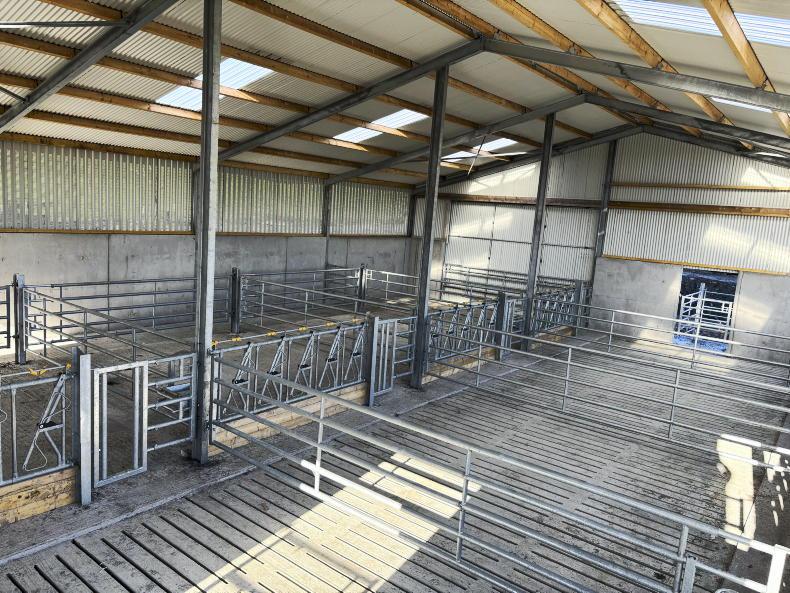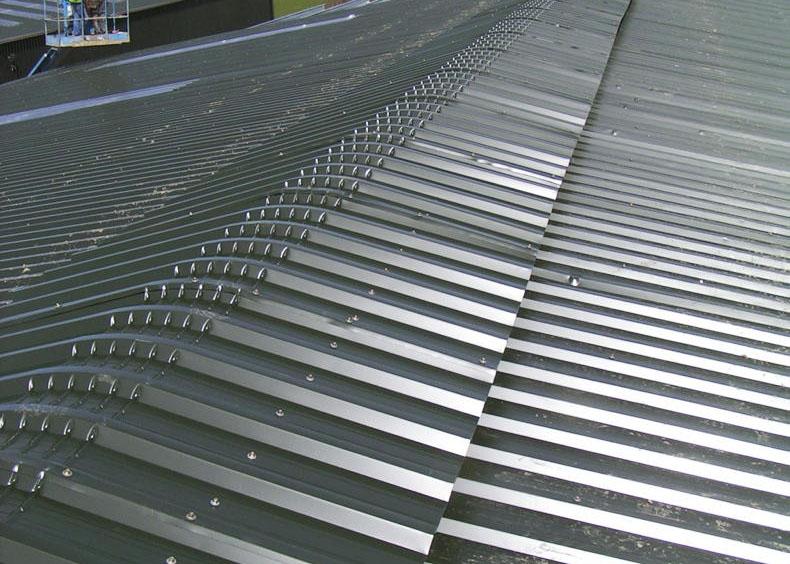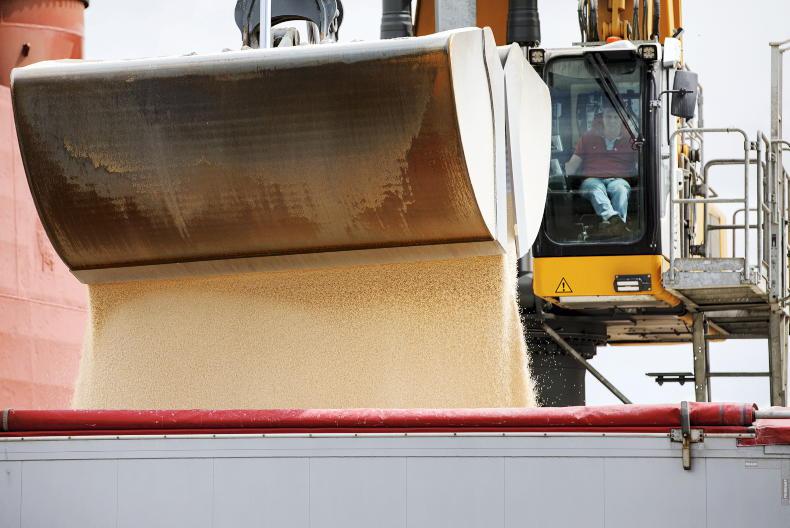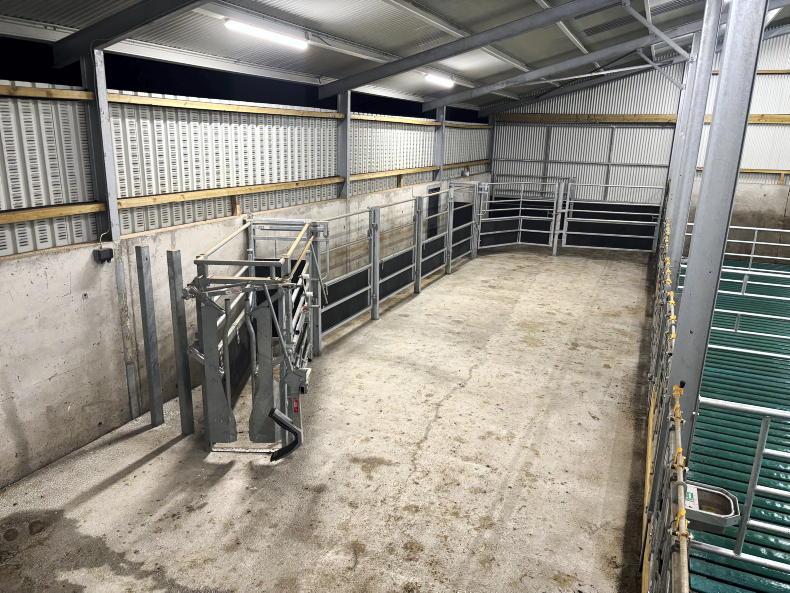Building costs across all sectors have risen exponentially since the COVID pandemic and Russia’s invasion of Ukraine. At the time, with essential works only being legislated to continue operation, major breaks in supply of building materials caused both a scarcity and a rapid increase in price. Coupled with global inflation, this led to a vast surge in the price of raw materials, such as steel, timber and ready-mix concrete.
Back in April 2022, the Irish Farmers Journal compared the cost of completing a three-bay slatted shed built in 2019 (pre-pandemic) with the cost in 2022, with a 52% rise in overall costs. A three-bay slatted shed with a creep that had originally cost a farmer €38,169, had jumped in price to €52,210 in the space of three years.
Prices continued to creep up in 2022, with 2023 eventually seeing a stabilisation in prices and a reduction on certain raw material costs.
Increases and reductions
Looking at Table 1, all material costs have risen dramatically since January 2021. Timber took probably the most drastic leap between 2021 and 2022 at a rise of 70.3%, but has since stabilised and reduced in price. Supply issues were the main cause of price increases with timber, with difficulties in importing timber plus difficulties in obtaining felling licences to harvest home-grown timbers the primary culprits.
Structural steel recorded two massive price increases over two consecutive years, but has thankfully seen a price reduction over the past 12 months. Supply chain issues had resulted in a backlog on orders for steel products globally and had caused the dramatic spike in price. With back orders cleared and a reduced demand being witnessed amid fear around economic growth concerns, steel prices have decreased by 13.1% between January 2023 and January 2024. There is no expectation of a price increase over the coming 12 months, with a possible further slight decrease.
Concrete price concerning
The main worry in the industry at the moment is the cost of concrete and cement. The table shows that each has increased 46.6% and 57% respectively between 2021 and 2024, and while steel may have increased at a higher rate in the same period, it has at least shown signs of a decrease whilst concrete and cement prices continue to rise steadily.
The Defective Concrete Blocks Levy (DCBL) only came in to effect in September 2023, with 5% added to the cost of ready-mix concrete since then likely to not have been a major factor in the price increase, but will affect the price for 2024. In the first quarter of this year, quarries have been writing out to builders and farmers warning of a price increase of 5-8% on ready-mix concrete in the coming weeks.
A main driver in ready-mix price increases has been the cost of the key ingredient: cement. Globally, cement prices have increased steadily since the pandemic of 2020. EU producers are under further financial pressure due to the manufacture of cement traditionally producing large amounts of carbon, with the industry battling to stay within EU regulations. Closer to home, the manufacture of cement in the Republic of Ireland is controlled by three manufacturers: Breedon Cement, Irish Cement and Mannok Cement. With so few players in the market, competition on pricing is limited.
What this means for building costs
Overall, building costs will maintain similar levels when the reduction in steel is pitted against the rising cost of concrete. TAMS reference costs were raised between 5-15% last February when TAMS III was announced, with the Department confirming to the Irish Farmers Journal that reference costs would be looked at once again in the latter stage of 2024.










SHARING OPTIONS